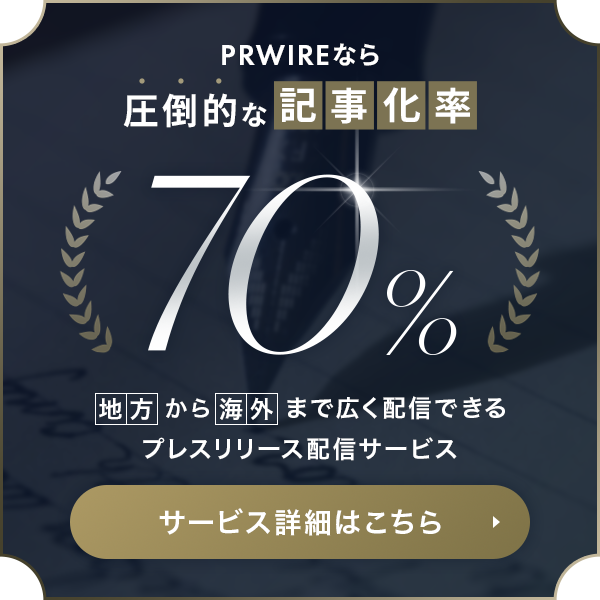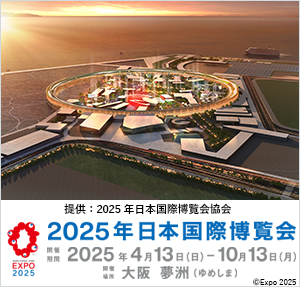世界知的財産報告書2019 - ローカルホットスポット、グローバルネットワーク:協働と国際化が進むイノベーション活動
世界知的財産報告書2019 - ローカルホットスポット、グローバルネットワーク:
協働と国際化が進むイノベーション活動
AsiaNet 81613
【ジュネーブ2019年11月13日PR Newswire】WIPOの世界知的財産報告書2019年版では、過去数十年間にわたり、何百万もの特許および科学出版物を分析し、イノベーション活動はますます協働と多国籍化の傾向を強める一方で、少数の国に拠点を持つ一部の大きなクラスターに由来しているという結論を出しました。
2015年〜2017年にかけては、約30の大都市ホットスポットだけで特許の69パーセントおよび科学活動の48パーセントを占めていました。それらの都市は主に以下5つの国に所在しています - 中国、ドイツ、日本、韓国、アメリカ合衆国(米国)。
報告書では、イノベーションがより協働的になってきていることが報告されています。2000年代初期、科学者チームが学術論文の64パーセントを執筆し、発明家チームが全特許の54パーセントに関連していました。2010年代後半、これらの数字はそれぞれ約88パーセントおよび68パーセントに増加しました。
コラボレーションは実際に、ますます国際化してきました。異なる国に拠点を置く2名以上の研究者による科学的コラボレーションの割合は、1988年の15パーセントから2017年には26パーセントにまで増加しました。特許に関しては、国際的な共同発明の割合が2009年までに11パーセントへと増加しましたが、一部の国における国内のコラボレーションの急速な増加もあり、わずかに減少しました。国際的コラボレーションのほとんどは、大都市ホットスポットの上位で発生しています。大都市の上位10位は、サンフランシスコ-サンノゼ、ニューヨーク、フランクフルト、東京、ボストン、上海、ロンドン、北京、ベンガルール、パリで、国際的な共同発明全体の26パーセントを占めています。米国のホットスポットは、世界でも最も連結しているホットスポットとして浮上しています。
「近年のイノベーション環境は、国際的に高度に相互関連しています。」とWIPO事務局長フランシス・ガリは述べました。「国際的な共通の課題に対するますます複雑化する技術的な解決策には、国際的なコラボレーションに頼った、これまでになく規模が大きく、そしてより専門的な研究者チームが必要です。経済がイノベーションの追求に対してオープンな姿勢を保つことは必要不可欠です。」
https://www.wipo.int/pressroom/ja/documents/pr_2019_839.pdf
(日本語リリース:クライアント提供)
World Intellectual Property Report 2019 - Local Hotspots, Global Networks: Innovative Activity Is Increasingly Collaborative and International
PR81613
GENEVA, November 13, 2019 /PRNewswire=KYODO JBN/ --
The 2019 edition of WIPO's World Intellectual Property Report analyzed millions
of patent and scientific publication records across several decades to conclude
that innovative activity has grown increasingly collaborative and transnational,
while originating in a few large clusters located in a small number of countries.
Some 30 metropolitan hotspots alone accounted for 69 percent of patents and
48 percent of scientific activity during the 2015-2017 period. They are mostly
located in five countries – China, Germany, Japan, the Republic of Korea and
the United States of America (U.S.).
The report finds that innovation has become more collaborative. In the early 2000s,
teams of scientists produced 64 percent of all scientific papers and teams of inventors
were behind 54 percent of all patents. By the second half of the 2010s, these figures
had grown to almost 88 and 68 percent, respectively.
Collaboration has also become more international in nature. The share of scientific
collaborations with two or more researchers located in different countries grew
from 15 percent in 1998 to 26 percent in 2017. For patents, the share of international
co-inventions increased to 11 percent until 2009, but has since slightly fallen,
partly because of rapid growth in domestic collaborations in certain countries.
Most international collaboration takes place among the top metropolitan hotspots.
The largest ten of them – San Francisco-San Jose, New York, Frankfurt, Tokyo, Boston,
Shanghai, London, Beijing, Bengaluru, and Paris – account for 26 percent of all international
co-inventions. The U.S. hotspots emerge as the most connected ones in the world.
"Today's innovation landscape is highly globally interlinked," said WIPO
Director General Francis Gurry. "Increasingly complex technological solutions
for shared global challenges need ever larger and more-specialized teams of
researchers, which rely on international collaboration. It is imperative that
economies remain open in the pursuit of innovation."
https://www.wipo.int/pressroom/en/articles/2019/article_0013.html
Logo: https://mma.prnewswire.com/media/951610/WIPO_Logo.jpg
Source: WIPO
本プレスリリースは発表元が入力した原稿をそのまま掲載しております。また、プレスリリースへのお問い合わせは発表元に直接お願いいたします。
このプレスリリースには、報道機関向けの情報があります。
プレス会員登録を行うと、広報担当者の連絡先や、イベント・記者会見の情報など、報道機関だけに公開する情報が閲覧できるようになります。










